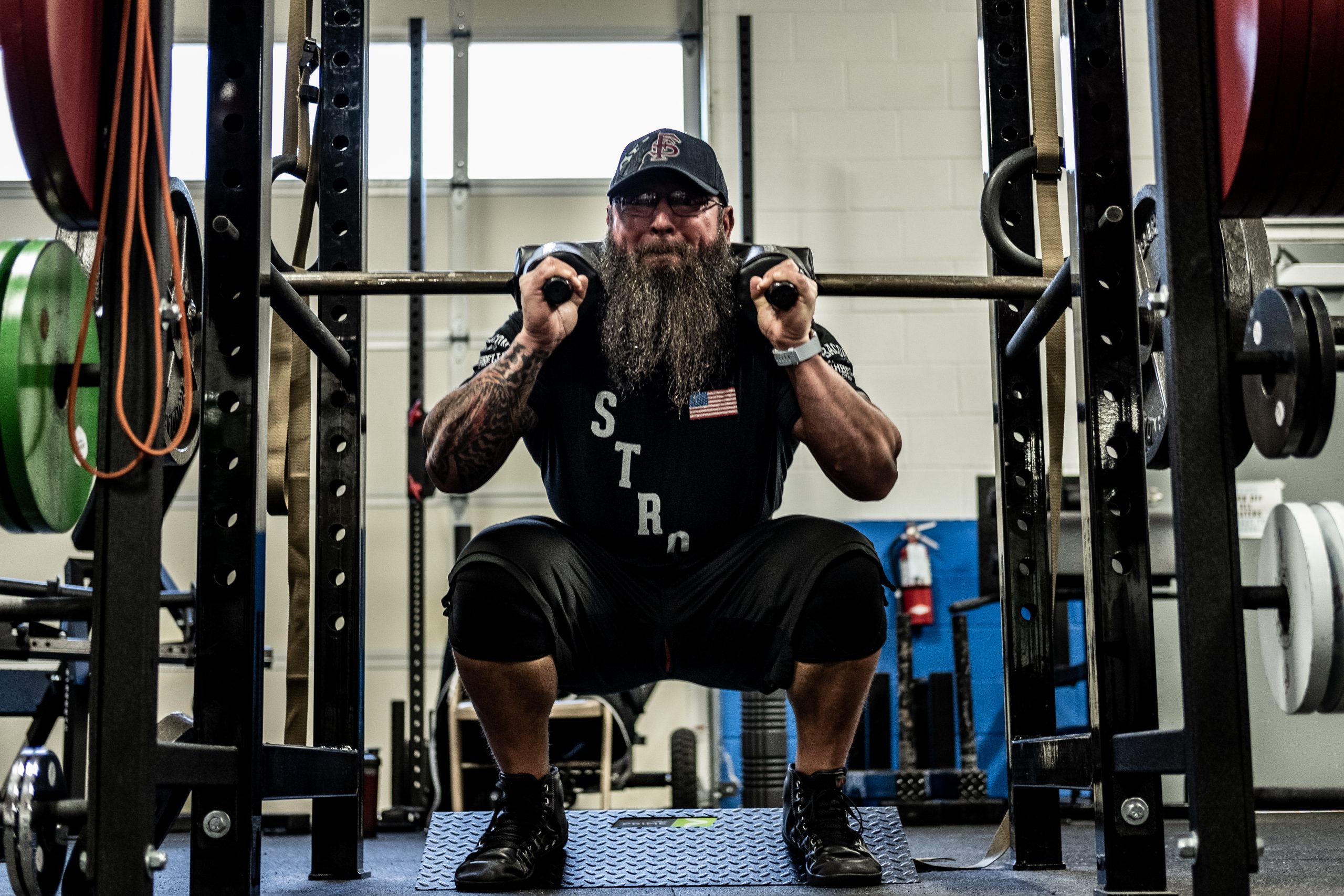
When it comes to lifting we all hit sticking points and they are all different for each person. Some lifters miss at the bottom, others mid range, and finally there are slight misses at lockout. Intuitively when we miss a lift in a certain region we think that must be where we are weakest at therefore we must add in exercises that strengthen those areas. If a lifter misses a deadlift at the top they begin to implement block pulls into their program at that height. They hammer that exercise in hopes it rids them of that sticking point and at their next meet they still miss it at the same spot.
Why We Miss
Misses can come from a variety of reasons but most of the time it is not because you are weak where you missed it at. It can be because of biomechanical inefficiencies such as a short arm lifter with a very rigid t-spine they will have an amazing bench but their deadlift will always suffer at lockout because they have further to travel and their start position will always be hindered. Another reason could be because the start position is messed up and it eventually makes the lift harder due to set up issues. Lastly it is due to the slowing down of the stretch shortening cycle, we use the stretch shortening cycle to help us push out of the hole in a squat. As that stretch shortening cycle dissipates we start to hit a sticking point and the bar speed slows down drastically.
Research
With the last one a recent study was just published confirming this thought process. Research conducted by van den Tillaar et al. 2021 took 12 recreationally trained lifters through a squat 1rm using a smith machine and than took them through isometric max contractions for 3 seconds from the bottom of the squat and moving in 5cm increments until they got to the locked out position. They found the force output at the bottom of the squat was considerably greater than force output during maximal isometric squatting to the same depth. This study showed that the weakest portion of the lift is at the bottom of the lift as opposed to where the lift actually missed the lift or their sticking points where it slowed down dramatically.
Fixing Sticking Points
You can attach this by improving the function of the stretch shortening cycle. Doing CAT squats can help and also adding in some accommodating resistance which has been shown in research to improve bar speed throughout the entire lift. You can also work on getting stronger in the weakest position of the lift by adding in pause squats or pin squats in the hole. If a lifter can get stronger there they will have an ability to push further without the stretch shortening cycle dissipating because they will not spend as much time in the hole and they will be able to accelerate faster out of the hole.
Reference:
van den Tillaar R, Kristiansen EL, Larsen S. Is the Occurrence of the Sticking Region in Maximum Smith Machine Squats the Result of Diminishing Potentiation and Co-Contraction of the Prime Movers among Recreationally Resistance Trained Males? Int J Environ Res Public Health. 2021 Feb 2;18(3):1366. doi: 10.3390/ijerph18031366. PMID: 33540938; PMCID: PMC7908405.








